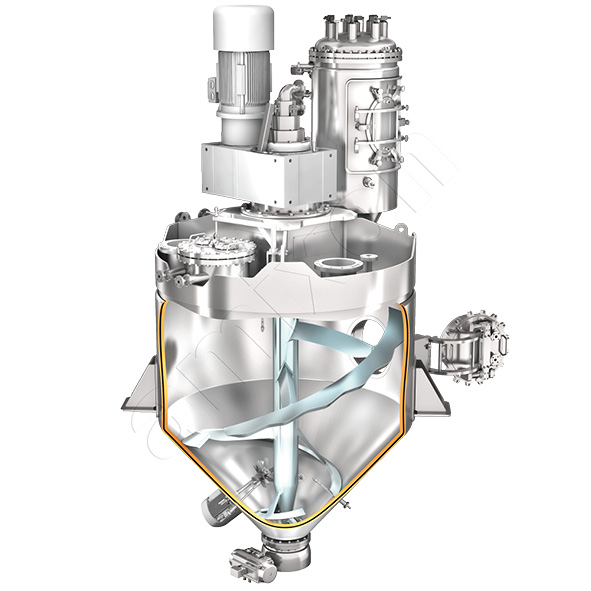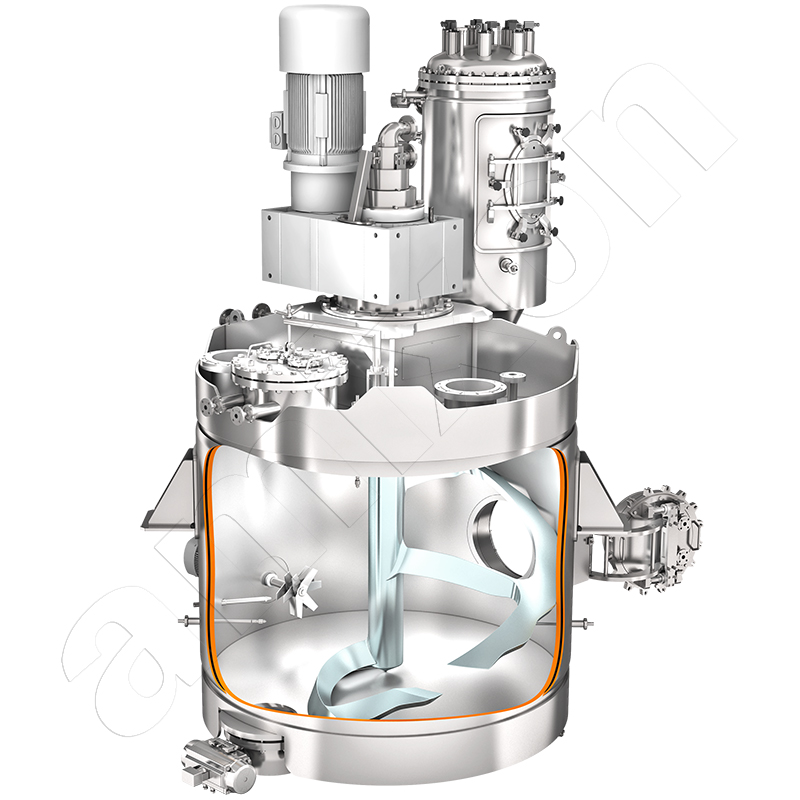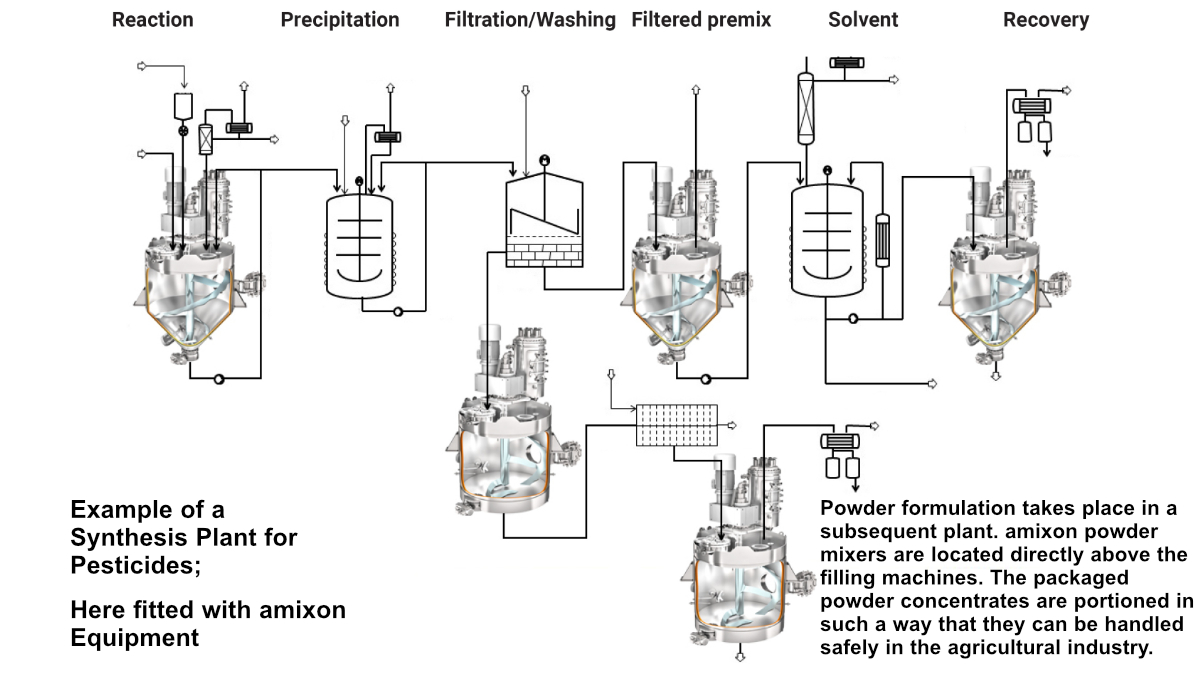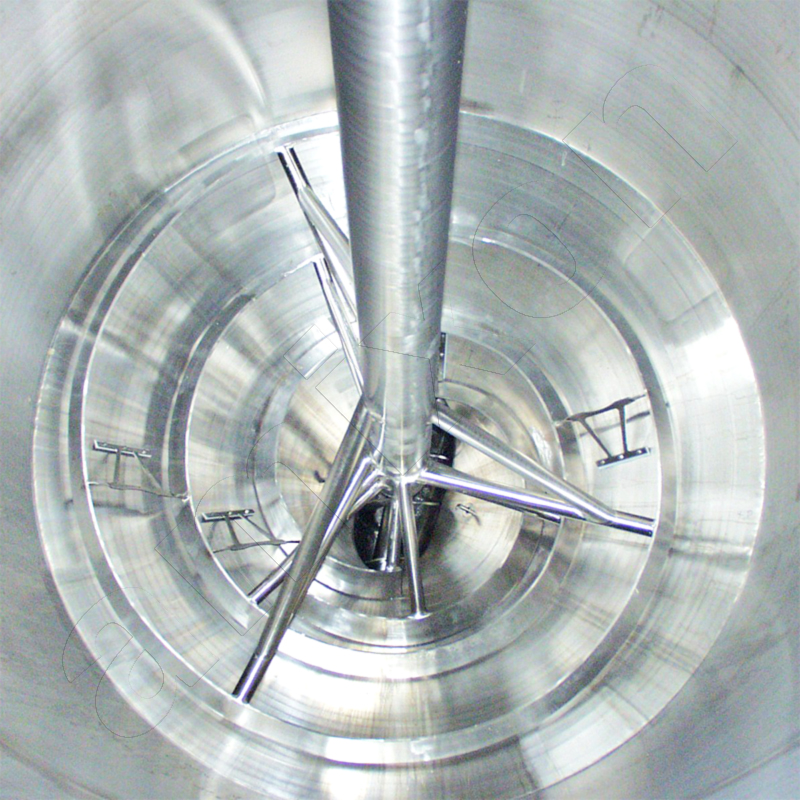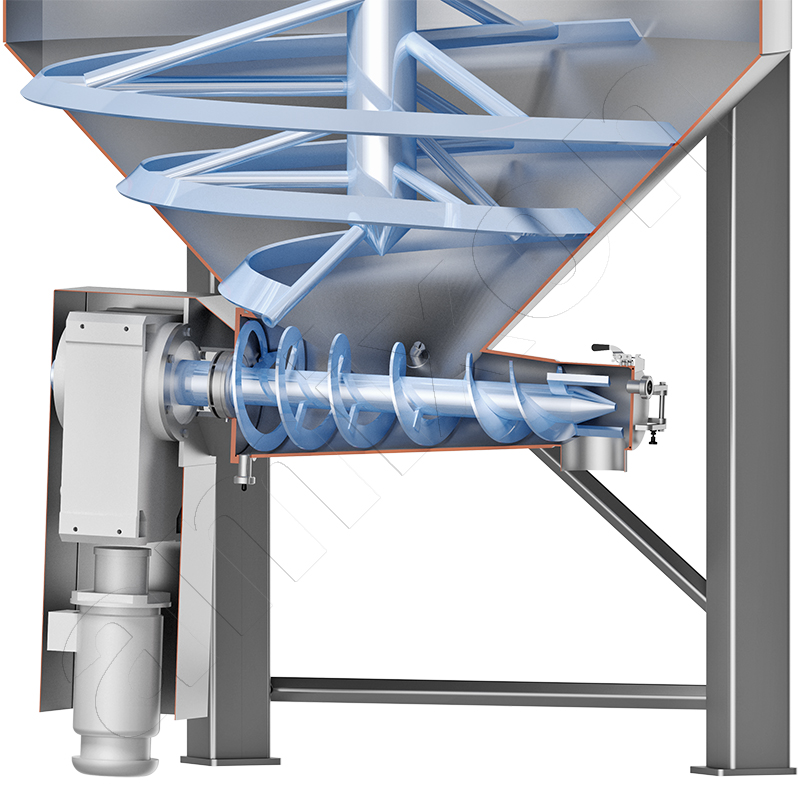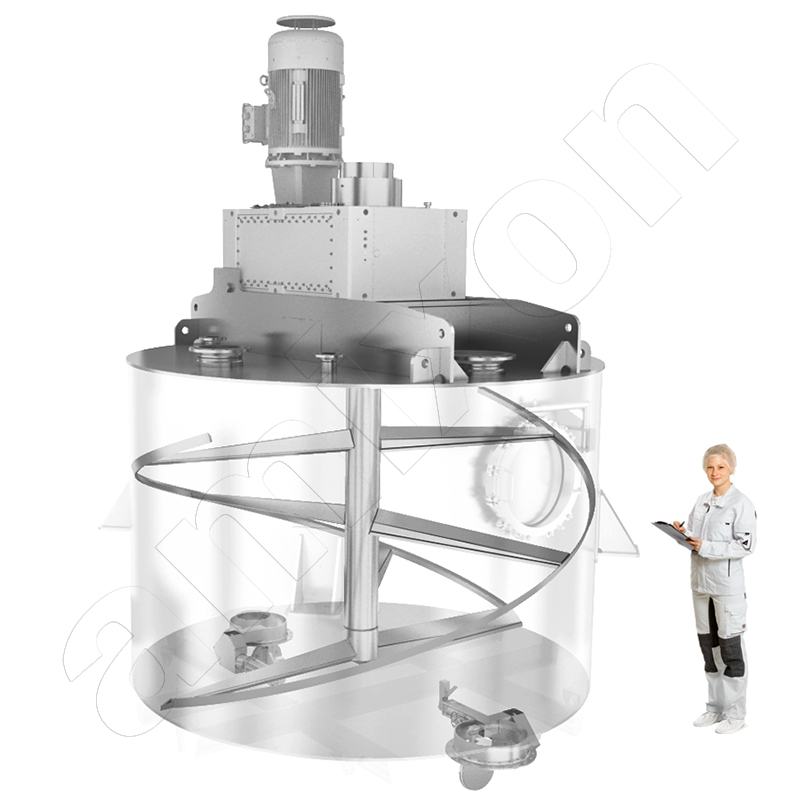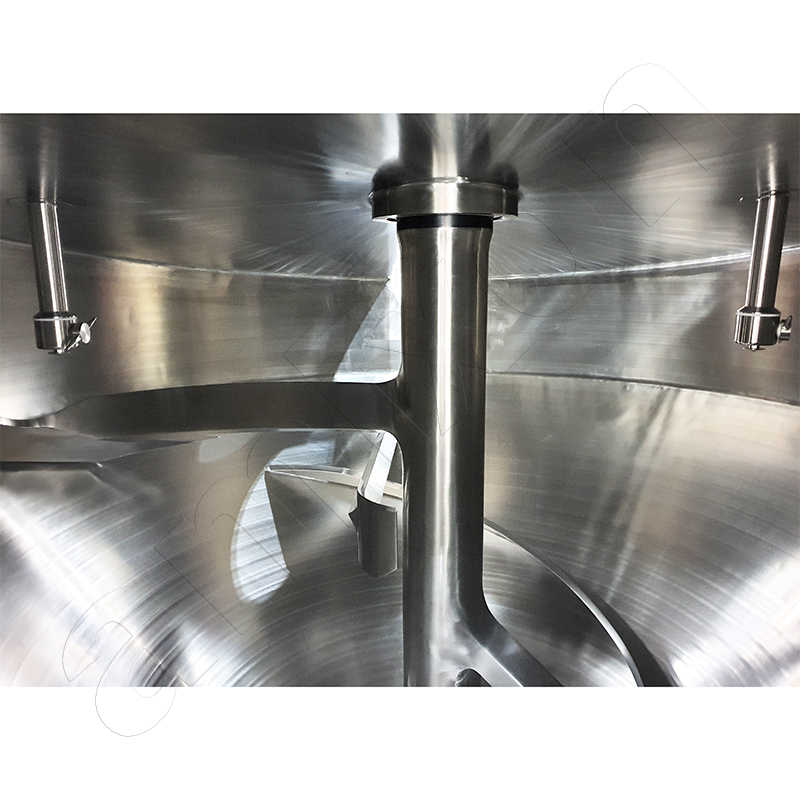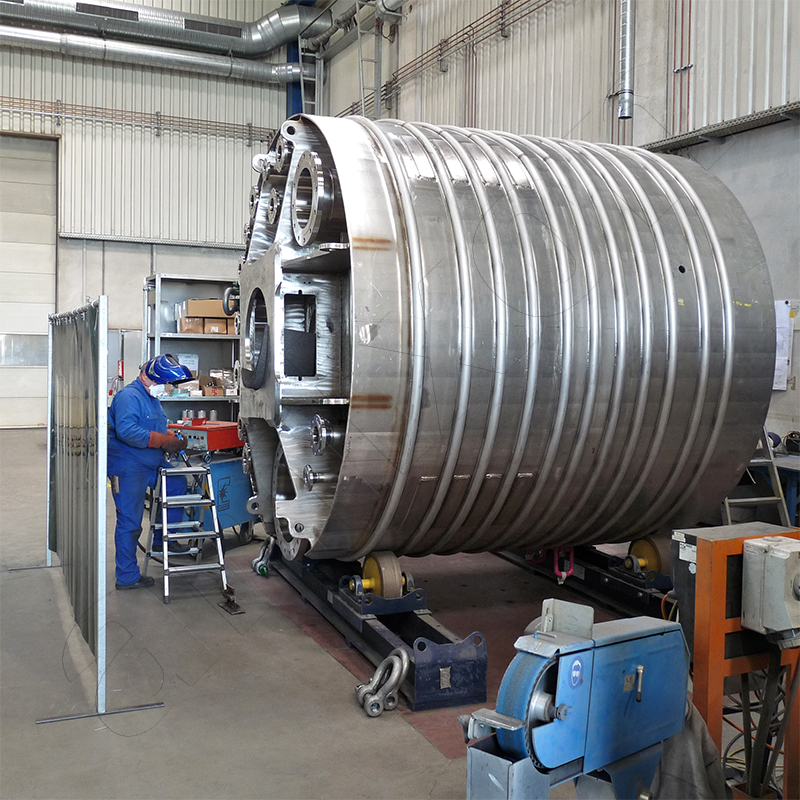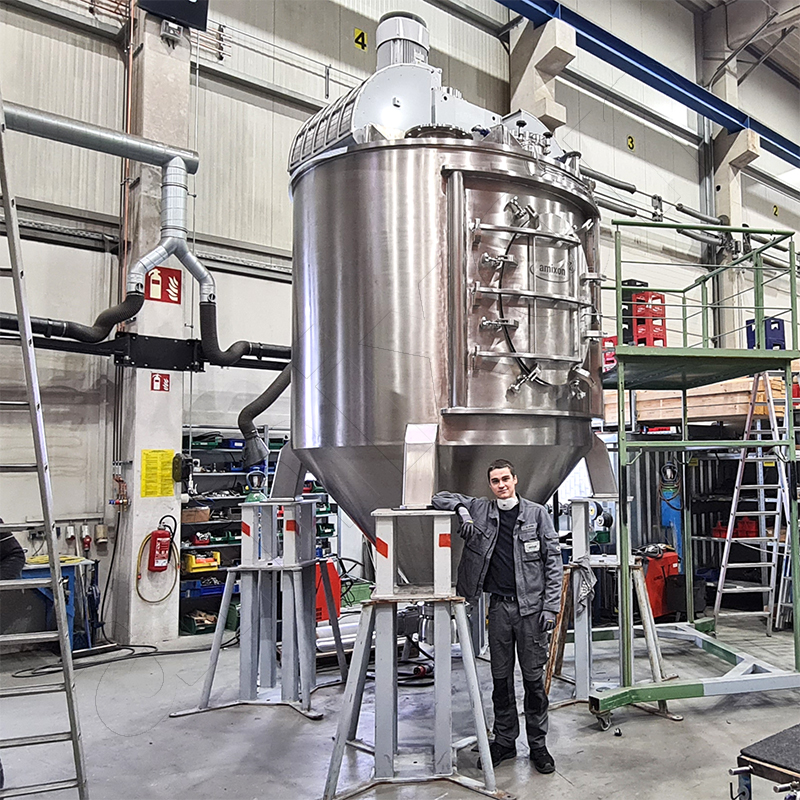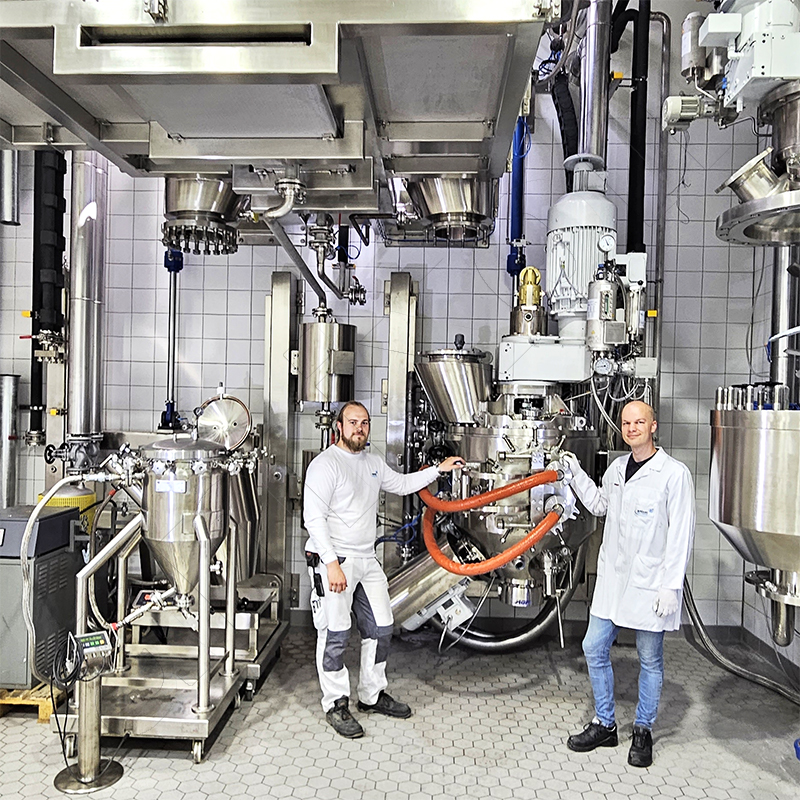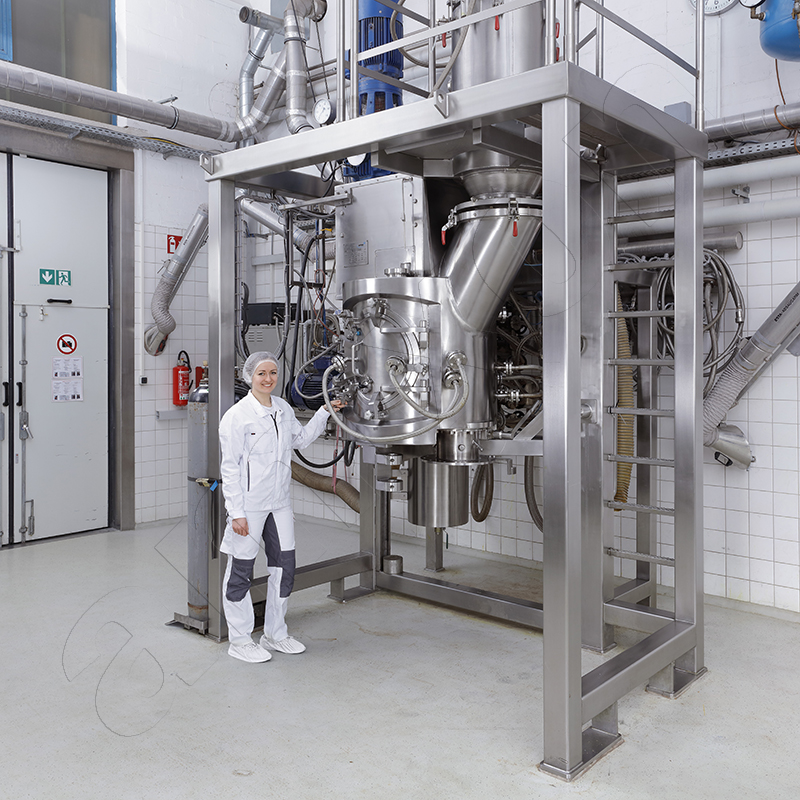Mixing-drying reactor for the synthesis of plant protection active ingredients
If an active ingredient is available in powder form, it offers the user many advantages. It reduces transport costs as there is no water content. It can be stored in a space-saving manner. It does not require refrigeration. It has a long shelf life if stored correctly. It can be removed from the container in quantities to suit requirements. With good ‘instant’ properties, the active ingredient can be processed quickly at the place of use.
Vacuum mix drying is an elegant drying method. Water or solvents can be vaporised at low temperatures.
Sometimes the moist product develops viscoplastic properties during drying. Lumps, clumps and clods are formed. Interestingly, these disintegrate completely when vacuum drying is continued. At the end of the drying process, a homogeneous powder is produced.
Mixing, Blending, Reacting, vacuum drying, powder formulation
When synthesising active ingredients, the consistencies of the reaction products often change. It does not matter whether they are active pharmaceutical ingredients (APIs) or pesticides. Consistency changes often occur even after the synthesis reactions have been completed. Vacuum mix drying turns pumpable suspensions into free-flowing powders. Synthesis plants are generally used as multi-purpose plants for various synthesis steps and must work reliably regardless of the rheological properties of the starting materials and products.
This requirement is met by a new amixon® vacuum mixing dryer/synthesis reactor, which was developed for a well-known manufacturer of active ingredients. The system can process solids with a dusty, flaky and powdery consistency. The same system can also process pasty, sludgy and viscous products.
Pumpable, lumpy, crumbly, powdery
During vacuum drying, the rheological properties of the product change. The decrease in the liquid content changes the product:
- Initially, a pumpable suspension is present.
- This becomes a lumpy paste.
- Then the product becomes crumbly.
- When dry, the product is a fine powder.
Even in multi-stage synthesis processes, the first stage begins with the dissolution of the powdery base chemical in a suitable liquid template and ends with a drying process in a vacuum contact dryer. At the end of each synthesis, the liquid is crystallised. This is followed by several washing processes. Finally, the centrifuge-damp crystal mixture must be gently dried. The granular structure of the bulk material should be retained, as dust particles are undesirable.
amixon® process equipment also achieves an ideal mixing result when it is operated particularly slowly. Even then, good heat transfer takes place. Low speeds result in a particularly gentle mixing and drying process. If required, intensive deagglomeration can also be carried out with the same machine.
Particularly high vacuums allow liquids to be vaporised at low temperatures. This is always an advantage when the active ingredients are temperature-sensitive.
Highly pure and gas-tight
If further powdered components are to be added to the dry product before filling, this is done in the same apparatus. A mixing tool with a helical outer contour rotates in the centre of the conical-cylindrical mixing chamber. This conveys the products upwards along the container wall; once at the top, the products flow downwards in the centre. The mixer-dryer reactor delivers ideal mixes at filling levels of approx. 15 to 100 %. The container is emptied completely using the patented SinConvex® mixing tool.
The vacuum mixing dryer is capable of producing high-purity active ingredient preparations. The mixing tool is only driven from above and is fully heatable.
The shaft seals of the mixer shaft and the cutting rotor are designed as mechanical seals and are gas-tight. The dead space-free shut-off valve at the end of the mixing cone is also particularly gas-tight.
The mixing chamber of the reactor is made of Hastelloy C 22. This material has high strength and is also particularly resistant to corrosion. The entire system complies with the principles of ‘Good Manufacturing Practice’ (GMP) and the requirements of the FDA. All qualification steps are carried out in accordance with GMP. The complete documentation of development, production and commissioning also fulfils the high requirements of the pharmaceutical industry. amixon® has produced numerous mixing-drying reactors for chemical and pharmaceutical applications with container sizes from 1 to 25,000 litres. The range extends to small and large vacuum mixing dryers/synthesis reactors.
amixon® process equipment is always customised to meet individual customer requirements
The requirements for a processing mixer are always individual. amixon® has more than 30 test mixers for process testing in the technical centres in Paderborn. Further test machines are located in Memphis (USA), Osaka (Japan), Bangkok (Thailand), Tianjin (China) and Satara (India).
As a contract manufacturer, amixon® realises customer requirements down to the last detail. 140 employees realise a considerable vertical range of manufacture at the only production site in Paderborn. The after-sales service team is responsible for the maintenance and inspection of the systems after commissioning.
The ‘amixon® Excellent Service’ is a worldwide concept with bases in Paderborn, Memphis, Osaka and Bangkok. In addition to offering ‘lifelong’ equipment support, service employees as well as operators and developers are trained to carry out inspections and maintenance themselves.
Plant protection products (Part 1)
Plant protection products (Part 2)
© Copyright by amixon GmbH

![A plant protection product is ready formulated. The active ingredients are coated several times. This doses the delivery of the active ingredient. A plant protection product is ready formulated. The active ingredients are coated several times. This doses the delivery of the active ingredient.[Translate to English:] Ein Pflanzenschutzmittel ist fertig formuliert. Die Wirkstoffe sind mehrfach umhüllt. Dadurch wird die Wirkstoffabgabe dosiert.](/fileadmin/_processed_/1/2/csm_Pflanzenschutz_Wirkstoffe_ed953d277f.jpg)
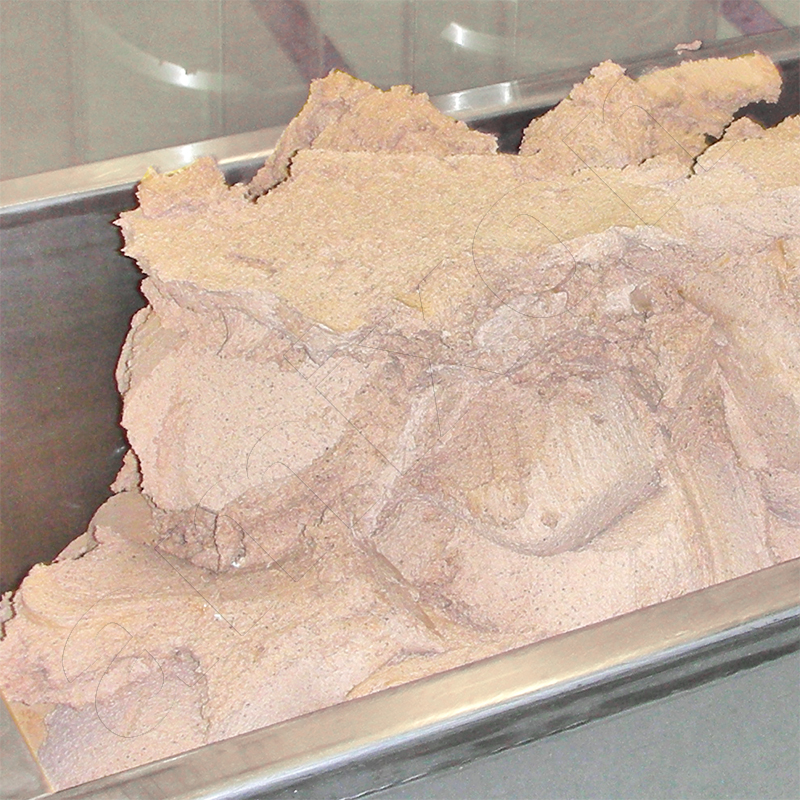
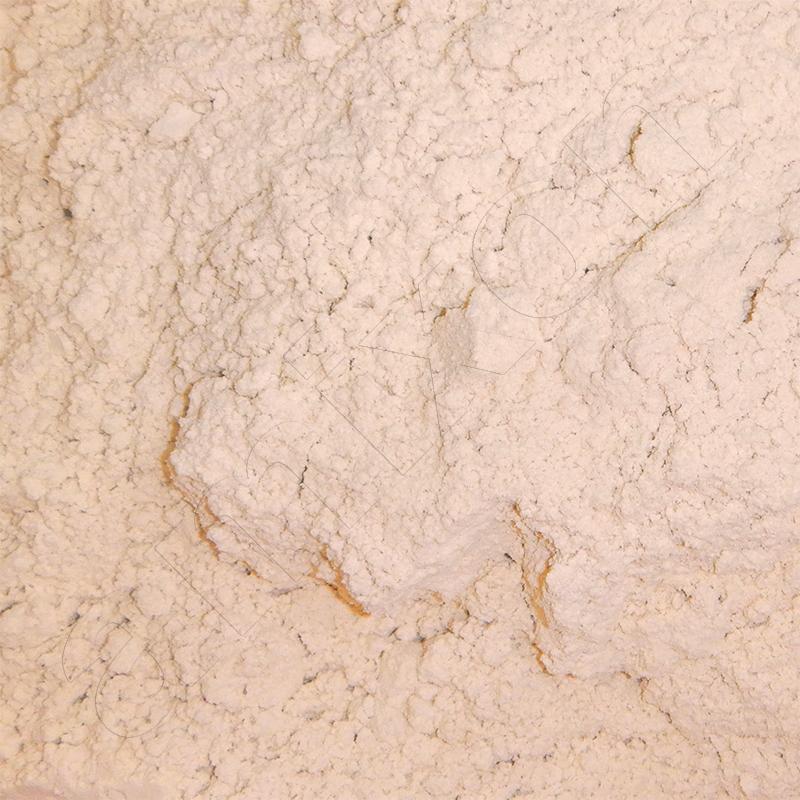
![[Translate to English:] [Translate to English:]](/fileadmin/user_upload/AMT_Mischtrockner.jpg)
